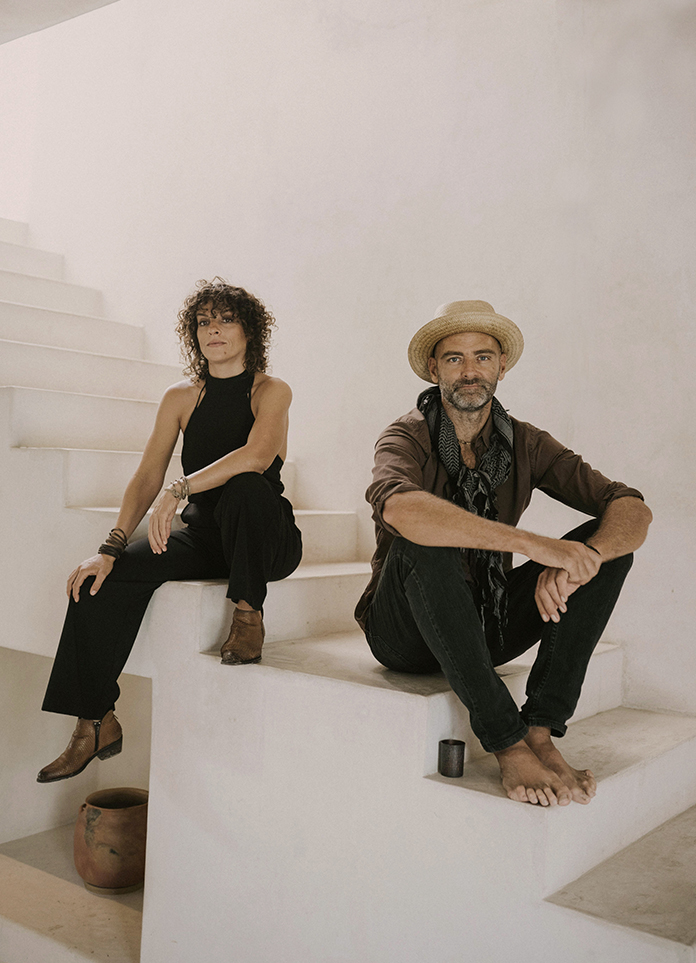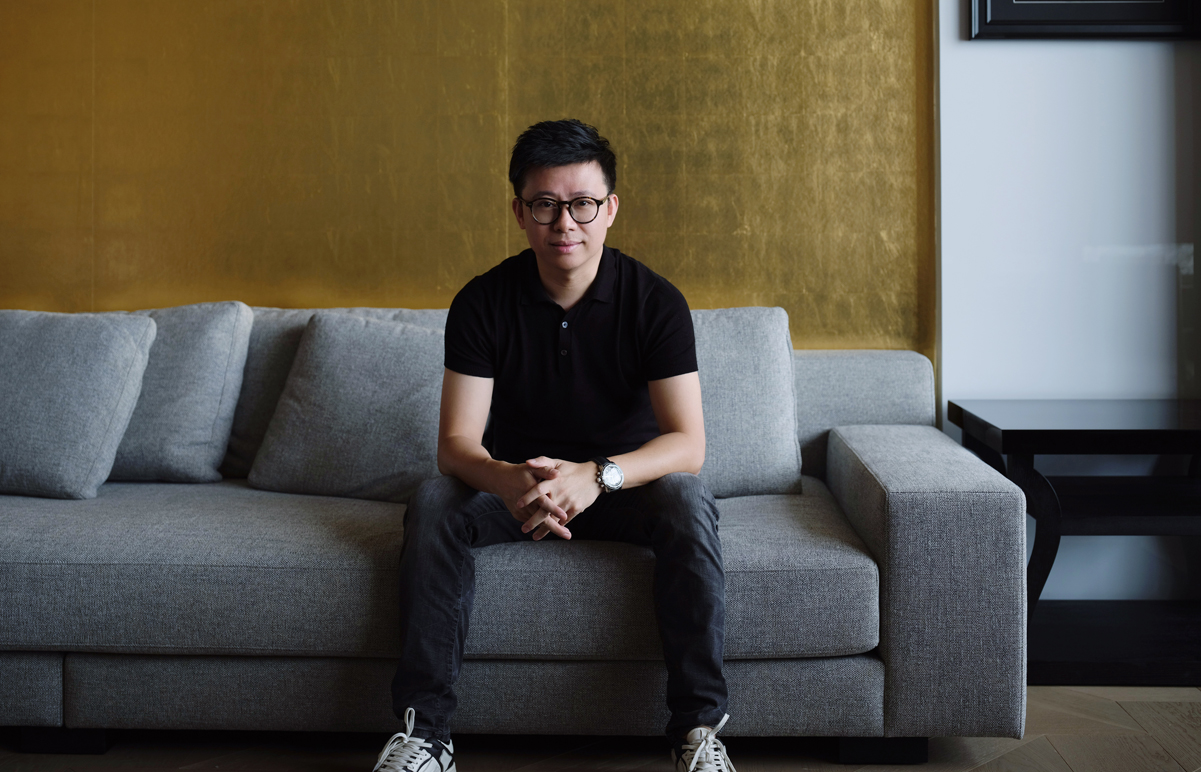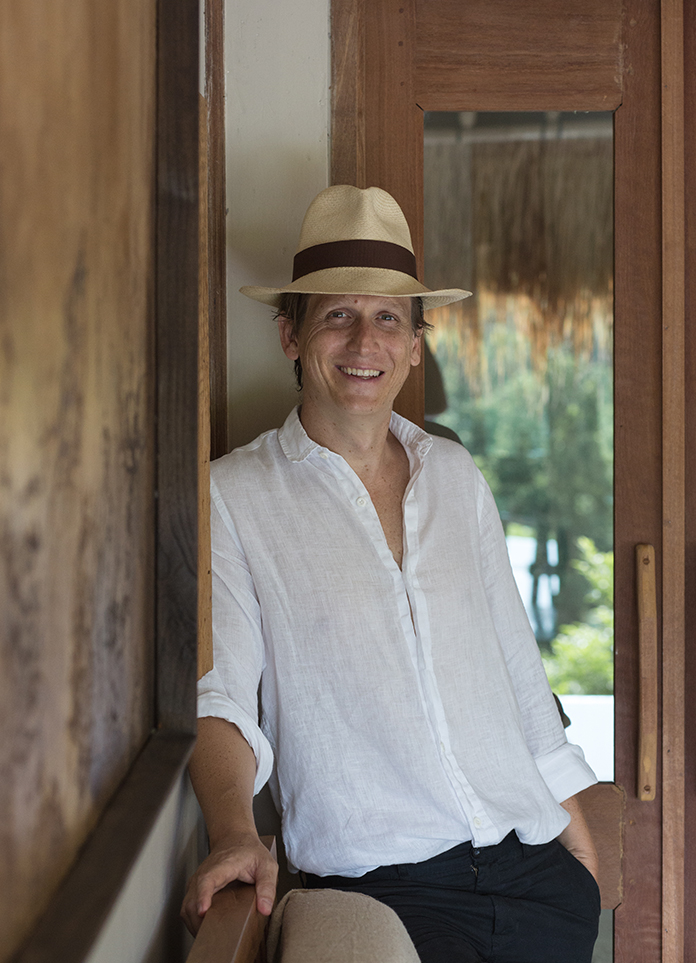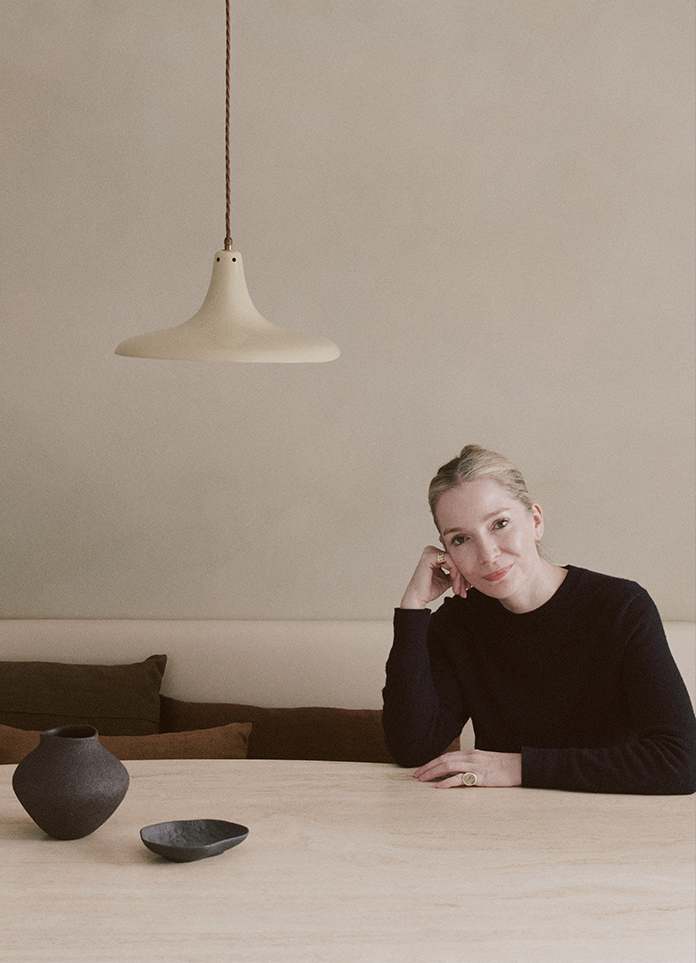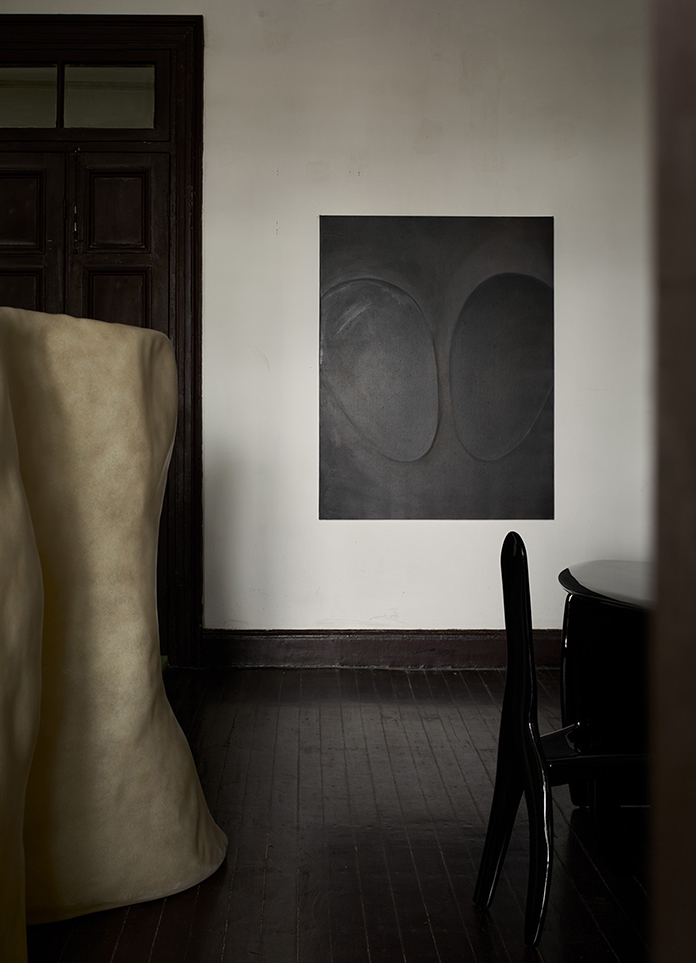Linde Freya Tangelder
“I am building something and destroying it again. I’m finding new versions and selecting the best ones, and trying new perspectives. For me [to destroy and build] is another way of saying ‘to design’,” explains the designer. --Linde Freya Tangelder
Linde Freya Tangelder was born in the Netherlands and founded her studio Destroyers/Builders in Antwerp in 2014. her work is often on the cusp of design, architecture and art, and she draws inspiration from architectural forms with a commitment to sensory relevance and cultural value, both in the details and on a larger scale.


What is the design philosophy of Destroyers/Builders?
Within the works of Destroyers/Builders an interaction between the furniture pieces exists in an overarching inspiration; found in architectural elements, materials or building techniques.
Linde Freya Tangelder, founder of the studio, strives for sensory relevance and cultural value in detail and on a larger scale. The works have a sculptural and architectural character, and balance between contemporary and traditional elements. Inspired by architectural shapes, the furniture pieces highlight the field between industry and human, through diverse materials. Constructions are scaled down to human sizes, and translations result into sculptural gestures. Both low- and high-end materials get re-valued, reconsidered and transformed. The interventions and finishes by hand, give these architectural objects a tactile aspect. The contrast in materials, the touchability, and the human traces that are still visible in the object, explain the method of Destroyers/Builders.
The urge to situate the works in a spatial context, in which the specific architectural space will start a dialogue with the objects therein, is a main focus of the studio. Integrations and relations between the context and the work, whether it is a sculpture, a furniture piece or an architectural fragment, result into inseparable connections between the disciplines.


Your works are mostly associated with sculpture or architecture, how did this interdisciplinary research come about?
Architecture has been a longtime fascination for me, not only the buildings, as well the materials being used in this larger scale volumes. A sculptural value, is something natural for me, it is not the function that is the first that I think of, it is the gesture, the expression that I want to tell through my sculptural works. Architectural, sculptural, tactile furniture: With an overarching inspiration, found in architectural elements, materials or building techniques.
One principle in my design practice is that much effort in models, sketches, research is needed to fill my head with connections to be made. These interlinked steps give logic in why a certain material choice, why that color, why that size and shape. Aesthetically I could describe my style as a warm brutalism: a strong form language but with softness. The love for many natural materials is prominent as well. I vary in finishes, like raw brick, smooth lacquered wood, grey coarse stone, or textured glass.
How do you find an effective balance between tradition and modernity in the design process?
In my sculptural works can be both handmade parts as machine made, I absolutely think machine and manual steps is interesting to combine. It goes hand in hand, and by mixing both worlds it carries out the modern era that we live in. A fusion of new and ancient crafts and high technology. There is no strict strategy, but I just need to find the convincing element, and come to an endless energy for a project before I realize it.
But it always starts with a very primitive research; start claying, miniatures, sampling in third dimension and sketching in between. My ideas sprout from ancient and new architectural fragments or materiality, driven as well by certain architects, buildings, artists that inspire me. From most early ancient primitive building to modern architecture. I like to understand the history and future of living, building & creating through the perspective of architecture.


The exploration of the diversity of materials is itself an act of evolution, what are its positive meanings for you?
My research in material and surface is always connected to a fusion of inspirations, and while experimenting in materials, surfaces and colours, I often arrive to new discoveries. I strive for diversity of materiality, raw bricks, stone, wood, glass, metal. And indeed this is an act of evolution, from one material another arrives in the my practise, they are interlinked. Growth or new approach on material can happen by understanding matter, by having it in your hands, even compare the different processes each material has. Some going from liquid to solid, some growing in layers and years.
In your works, there are both the beauty of solidification and the shape of flow, which seem to be contradictory but coexist with each other, how do you harmonize them with each other?
In this, I mainly think of my experiences with Wax as modelling material, my glass works (both for Carwan Gallery as Cassina). But is as well a process that is used for casting metals, bronze and aluminium. Both states, the liquid and the solidified are needed to come to the result, and in a way I want to capture that movement of the in between – when material start to solidify. The use of water in one of my latest projects, Water Pond, is a sensation of both worlds.

















